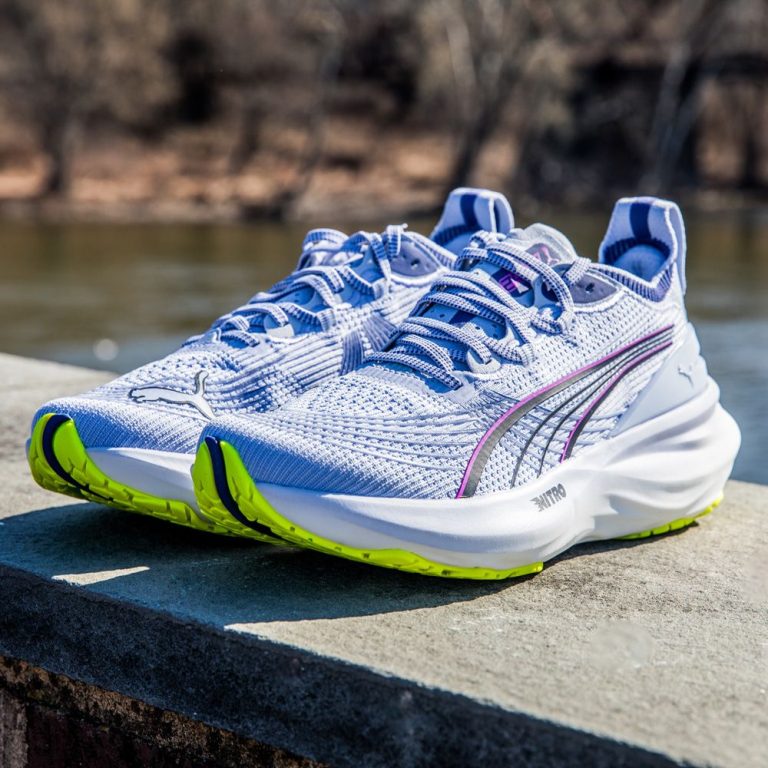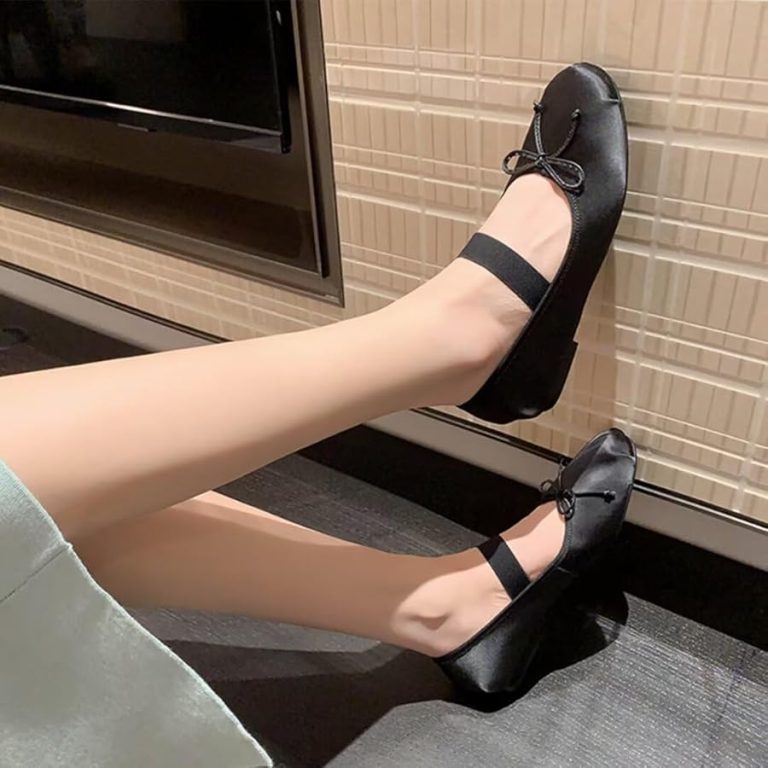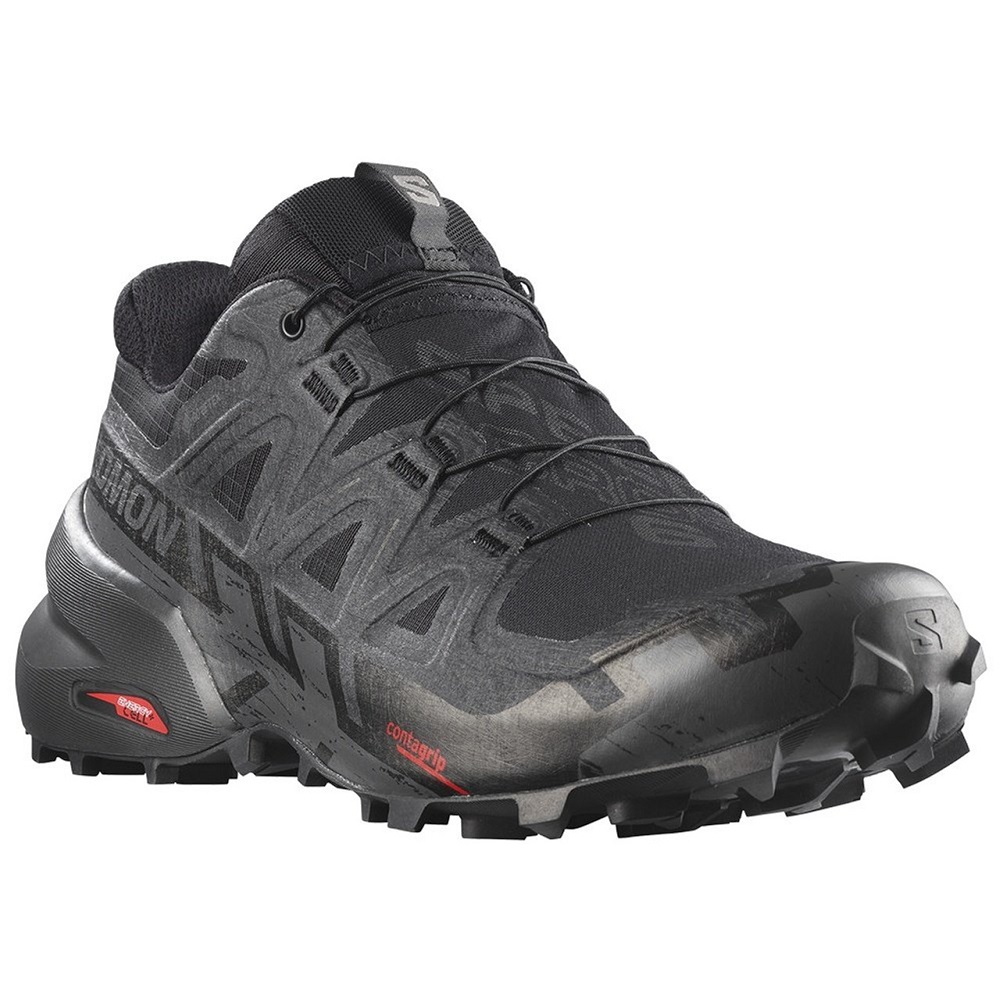
Trail Running Shoes for Hiking: Top Picks for Outdoor Enthusiasts
Benefits of Trail Running Shoes for Hiking
Trail running shoes for hiking are a versatile option of all experience levels. They combine comfort, durability, and performance, making them ideal for various hiking conditions. Below are some key benefits of choosing trail running shoes for your hiking adventures.
Lightweight Design for Easy Movement
Trail running shoes are much lighter than hiking boots. Their lightweight construction helps reduce fatigue during long hikes. They also allow for quicker and more agile movement, especially on technical trails. This design ensures you can cover more ground with less effort.
Enhanced Traction for Varied Terrain
Trail running shoes feature outsoles designed for grip on uneven and challenging terrains. This improved traction reduces slips and falls on rocky or muddy paths. Whether you’re navigating steep inclines or rugged trails, the added grip provides better stability and safety.
All-Day Comfort and Cushioning
Comfort is a top priority for hikers, and trail running shoes excel in this area. They offer cushioning that absorbs impact, protecting your feet from strain. Many models have breathable materials that keep feet cool and dry throughout the day. This combination allows for longer hikes without discomfort.
Versatility for Mixed-Activity Adventures
Trail running shoes adapt to mixed activities, such as hiking, running, or light climbing. They are practical for hikers who combine exploration with other outdoor activities. Their all-around design makes them great for diverse adventures, ensuring you get the most out of your gear.
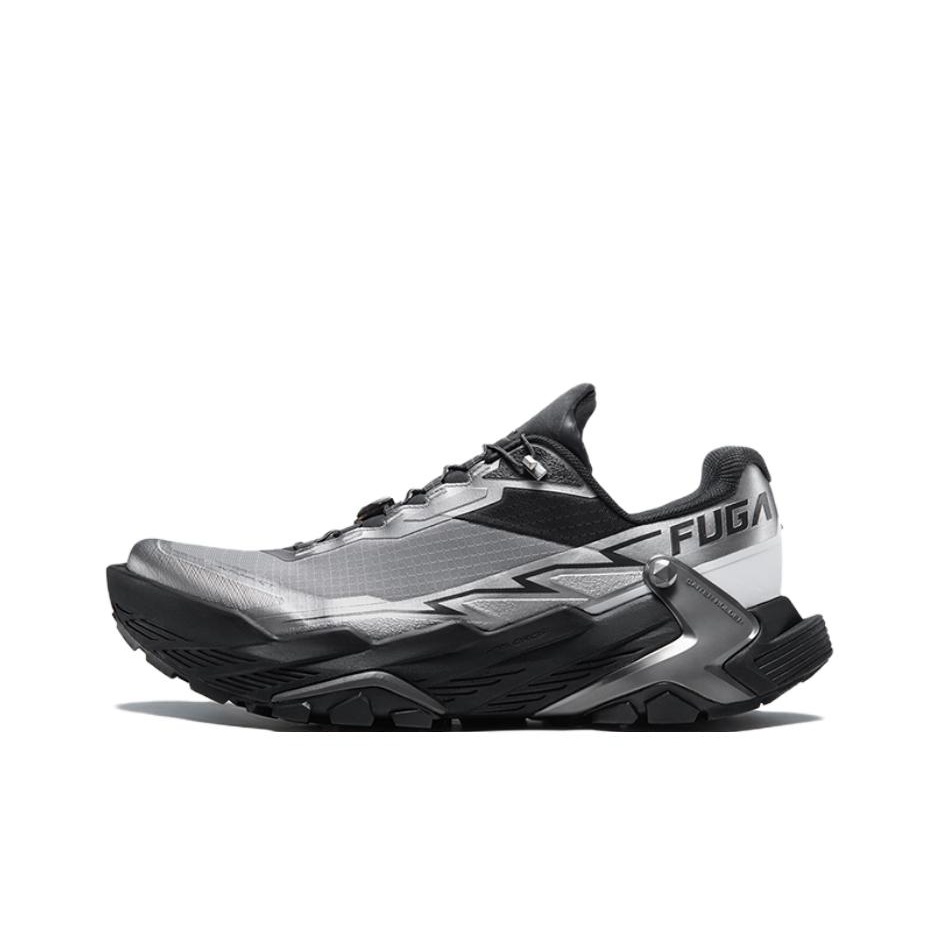
Key Features to Look for in Trail Running Shoes for Hiking
Choosing trail running shoes for hiking requires attention to key features. These features ensure comfort, protection, and performance during your outdoor adventures. Here’s what to look for:
Durable and Breathable Materials
Trail running shoes should use tough materials to handle rough terrains. Durable uppers resist tears and abrasions, ensuring they last longer. Breathable fabrics, like mesh, allow airflow to keep your feet dry and cool. This balance prevents discomfort and reduces the risk of blisters during long hikes.
Outsole Design for Superior Grip
Look for shoes with aggressive tread patterns on the outsole. These designs provide exceptional grip on rocky, muddy, or uneven paths. Features like multi-directional lugs enhance stability on steep inclines and descents. A top-quality outsole helps prevent slips, giving you greater confidence on the trail.
Water Resistance or Drainage Capabilities
Trail conditions often include water crossings or sudden rain. Shoes with water-resistant coatings keep feet dry in damp conditions. Alternatively, shoes with drainage systems allow water to escape quickly, avoiding soggy discomfort. Choose based on your hike’s environment for the best performance.
Proper Fit and Stability
A snug, secure fit prevents sliding or rubbing inside the shoes. Look for models equipped with adjustable lacing systems for a custom fit. Stability features, like reinforced heel counters or wider toe boxes, improve balance on uneven terrain. Prioritizing fit ensures comfort and reduces the risk of injury.
When selecting trail running shoes for hiking, these features ensure optimal performance. Focus on functionality, comfort, and durability to make the most of your outdoor adventures.
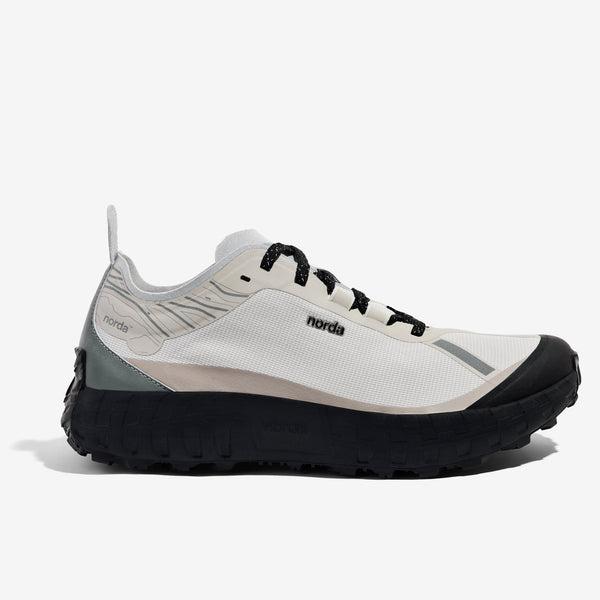
Top Trail Running Shoe Brands for Hiking
Selecting the right trail running shoes for hiking often means focusing on trusted brands. Some manufacturers consistently produce high-quality options that balance comfort, durability, and performance. Below are four of the top trail running shoe brands to consider.
Salomon
Salomon is a popular choice for outdoor enthusiasts due to its innovative designs. Their trail running shoes are known for durability and superior grip, making them perfect for rugged trails. Many Salomon models feature advanced cushioning for long-distance comfort. Unique technologies, like the Quicklace system, allow for a precise and fast fit.
Altra
Altra is well-regarded for its foot-shaped toe boxes, which provide ample space and reduce foot fatigue. Their trail shoes often include zero-drop platforms, promoting natural foot positioning. Altra designs excel at offering balance and support on uneven hiking terrains. They are a great choice for those looking for anatomical comfort.
Hoka One One
Hoka One One focuses on ultra-cushioned trail running shoes that enhance comfort on longer hikes. Their oversized midsoles absorb shock effectively, reducing strain on joints and feet. Hoka shoes stand out for their lightweight designs despite the plush cushioning. They are ideal for hikers who prioritize comfort and stability.
Merrell
Merrell has a long history of crafting durable and versatile shoes for outdoor adventures. Their trail running shoes often feature Vibram outsoles, ensuring excellent traction on various terrains. Merrell designs are known for their reliability, blending water resistance and breathability effectively. They are a solid choice for both beginners and experienced hikers.
By choosing from these top trail running shoe brands, you can find a pair that meets your hiking needs. Each brand offers unique benefits, so consider your priorities and preferences when making a selection.
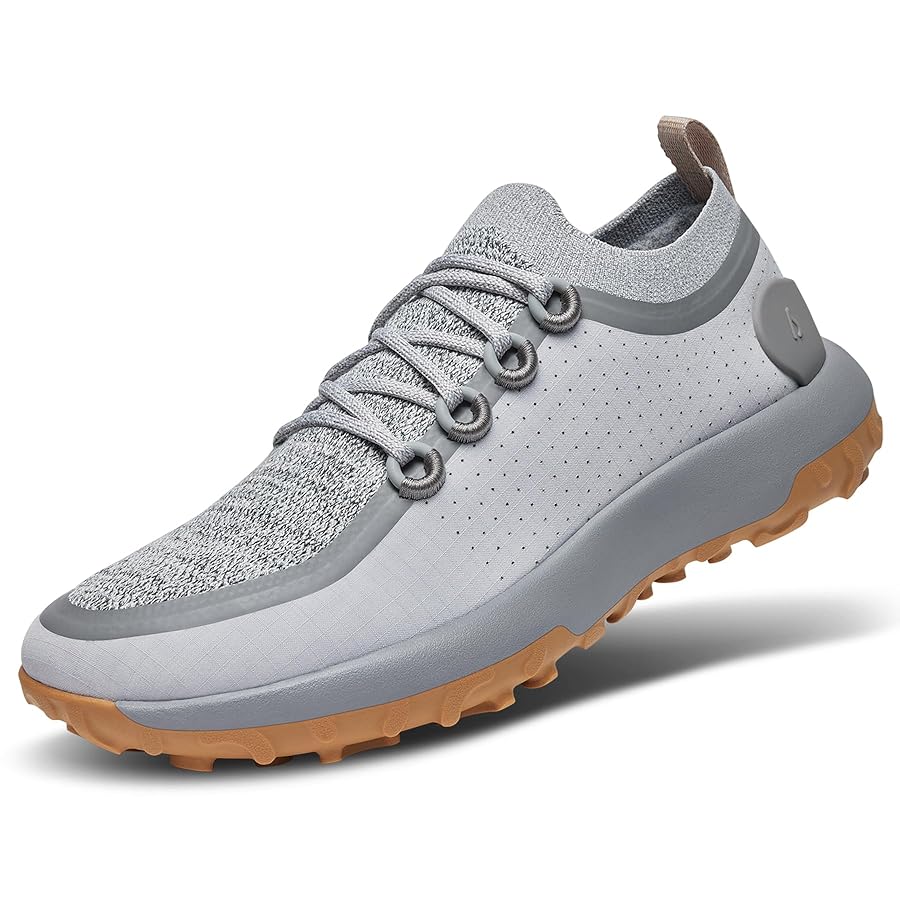
Comparing Trail Running Shoes vs Hiking Boots
Trail running shoes and hiking boots are popular choices for outdoor adventures. While both offer unique benefits, understanding their differences helps you pick the right option.
Weight and Packability
Trail running shoes are lightweight and easier to pack compared to hiking boots. Their reduced weight minimizes fatigue during extended hikes. Hiking boots, however, are bulkier and may occupy more space when packed. Choose trail running shoes for streamlined travel and less foot strain.
Flexibility and Comfort
Flexibility is a key advantage of trail running shoes. Their design allows natural foot movement on varied terrain. Hiking boots are stiffer, providing firm support but less flexibility. For hikers seeking comfort on dynamic trails, trail running shoes are often the better choice.
Performance on Rough Terrain
Hiking boots perform well on rugged and technical terrains. Their sturdy soles and ankle support enhance stability on uneven paths. Trail running shoes, while having good grip, may lack the same level of support. Select hiking boots for challenging mountain hikes or rocky trails.
Longevity and Durability
Hiking boots are made from tough materials that withstand harsh conditions, ensuring long-term durability. Trail running shoes, while durable, may wear out faster on aggressive trails. For frequent, strenuous hikes, hiking boots might be the longer-lasting investment.
Understanding these differences ensures you select footwear that suits your trail activities and preferences. Both options cater to distinct hiking needs, making it easier to find the ideal match.
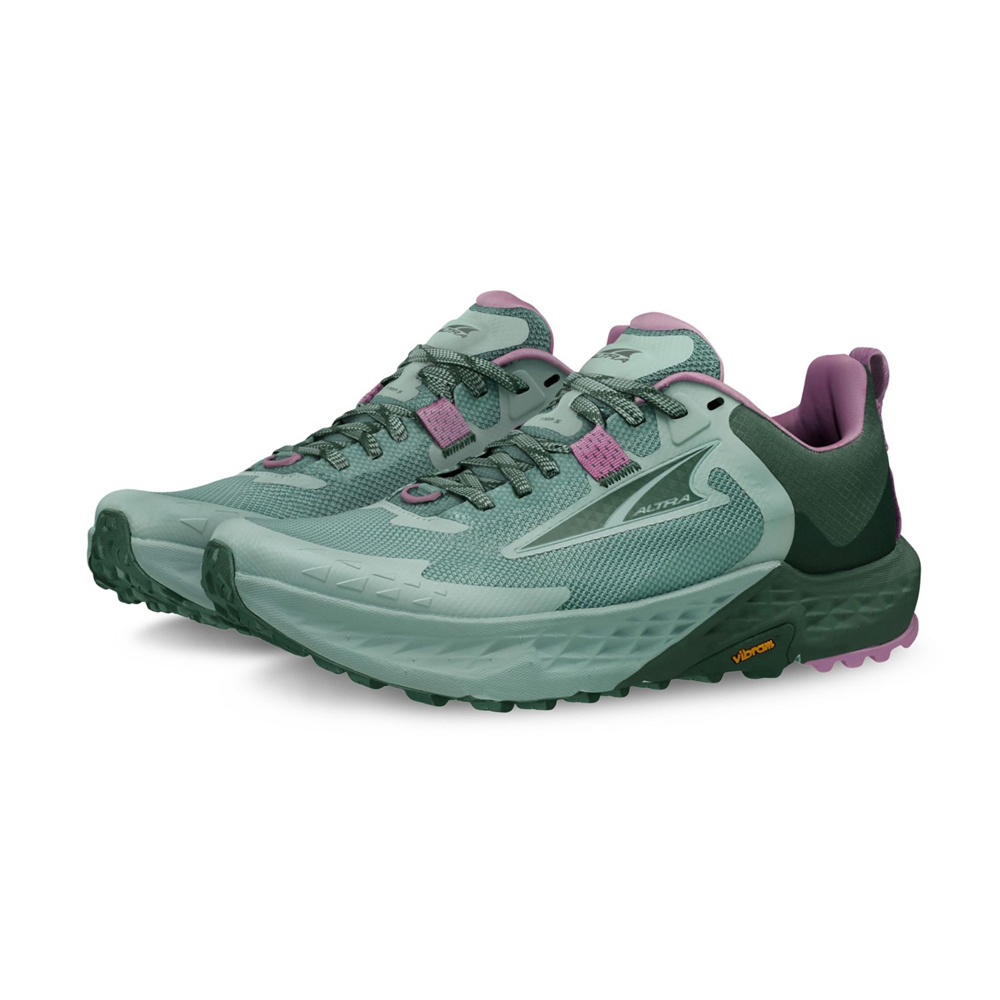
Tips for Choosing the Right Trail Running Shoes for Hiking
Selecting the right trail running shoes for hiking ensures comfort and performance. Keep the following tips in mind to make an informed decision.
Consider the Terrain You’ll Encounter
Understand the terrain you’ll hike on to choose suitable shoes. For rocky trails, opt for models with aggressive lugs for superior grip. On muddy paths, pick shoes with broader tread grooves to prevent clogs. For flat or less challenging terrains, lightweight, flexible shoes are ideal. Matching your shoe design to terrain guarantees a safer hiking experience.
Evaluate Weather and Environmental Conditions
Weather conditions can significantly impact your footwear choice. For wet environments or possible rain, water-resistant or quick-drying shoes are essential. In hot climates, look for breathable materials to keep feet cool. If freezing temperatures are likely, insulated shoes provide warmth and protection. Tailoring your choice to weather ensures comfort in any condition.
Prioritize Fit and Comfort
A proper fit is critical for avoiding discomfort or injury. Ensure there’s enough room in the toe box to prevent blisters. Look for adjustable lacing systems to achieve a secure and snug fit. Shoes with ample cushioning and arch support will reduce strain during long hikes. Prioritizing comfort improves overall hiking performance.
Test the Shoes Before Your Trip
Always test your trail running shoes before hiking. Walk on different surfaces to evaluate grip and comfort. Check for any tight spots or areas that could cause discomfort after long use. Breaking in your shoes ensures they fit well and perform optimally on the trail. Testing avoids footwear problems during the hike.
By following these tips, you can confidently choose trail running shoes designed for optimal hiking experiences.
Maintenance and Care for Trail Running Shoes
Proper care for your trail running shoes ensures they last longer and perform better. Regular cleaning, correct drying methods, and timely replacement are crucial for maintaining their durability and functionality.
Cleaning Tips for Longevity
- Remove dirt after every use: Brush off dirt and mud with a soft-bristled brush.
- Avoid harsh chemicals: Use mild soap and water to clean your shoes.
- Wash insoles separately: Remove insoles and wash them by hand to keep them fresh.
- Keep out of washing machines: Hand-clean shoes to prevent damage to the materials.
- Check for wear and tear: Inspect the shoes regularly for damage like rips or weak outsoles.
Consistent cleaning prevents material degradation and helps retain the shoe’s performance over time.
Proper Drying Techniques
- Remove excess water: Pat shoes dry with a towel after cleaning.
- Air-dry in a cool place: Avoid direct sunlight, which can damage fabrics and soles.
- Stuff with newspaper: Use newspaper to absorb moisture and help retain shoe shape.
- Avoid heat sources: Keep shoes away from heaters or dryers to prevent material shrinkage.
Proper drying ensures your trail running shoes stay odor-free and maintain their structure.
When to Replace Your Trail Running Shoes
- Inspect the outsoles: Replace shoes if the tread is worn down, reducing grip.
- Evaluate midsoles: Replace when cushioning feels flat, affecting comfort and protection.
- Check overall wear: Look for tears, stretched laces, or material breakdown.
- Base on mileage: Replace after 300-500 miles, depending on terrain and usage.
Regular assessments prevent injury and ensure your footwear performs optimally during hikes.
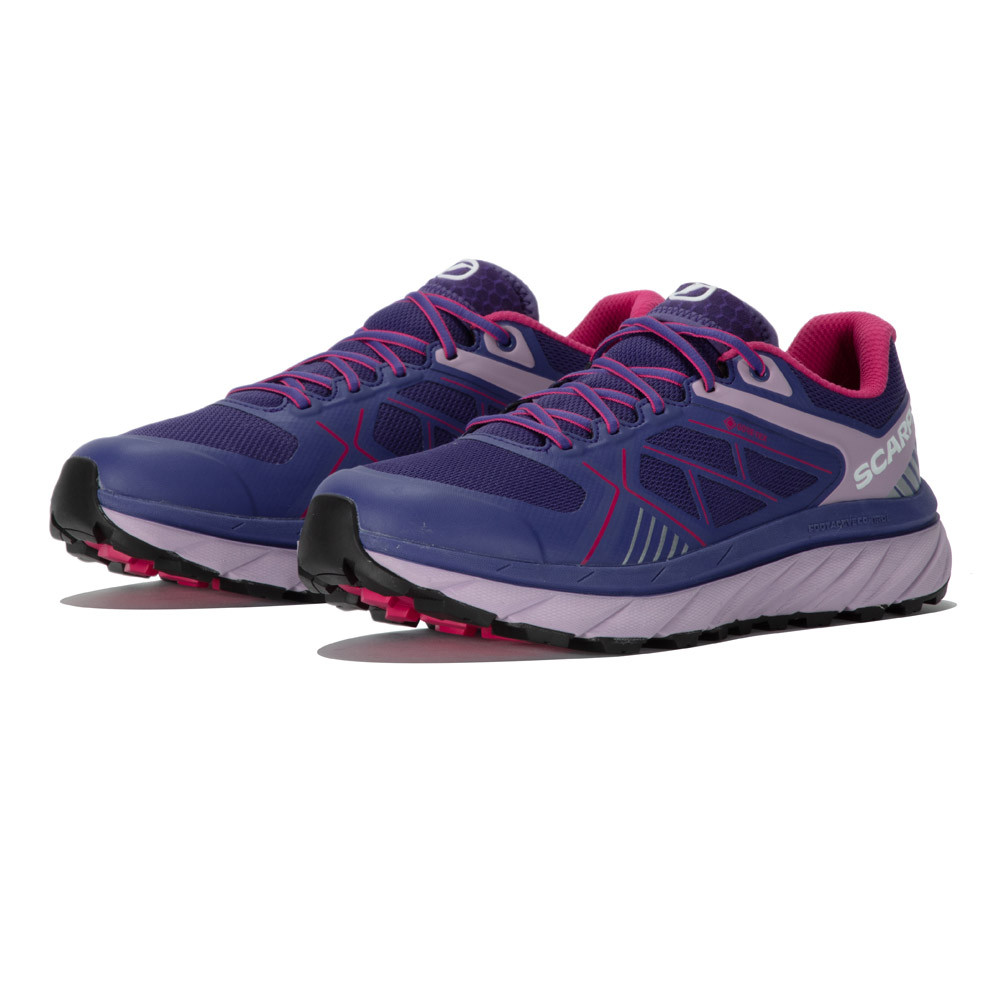
Recommended Trail Running Shoes for Different Hiking Conditions
Selecting the right trail running shoes depends on the specific hiking conditions you’ll face. Different environments require features tailored to provide optimal performance and safety. Below are top recommendations for various hiking scenarios.
Best Shoes for Muddy Trails
Muddy trails demand trail running shoes with excellent traction and quick-drying capabilities. Look for models with aggressive tread patterns and multi-directional lugs for grip. Waterproof or water-resistant features are critical to keeping your feet dry. Shoes like the Salomon Speedcross are a great choice, thanks to their superior mud traction and durable materials.
Ideal Footwear for Rocky Terrain
Rocky terrain requires shoes with sturdy soles and reinforced toe guards. These features protect against sharp edges and rugged surfaces. Models with Vibram outsoles offer exceptional grip and durability on rocks. Consider shoes like the Merrell Moab Flight or Altra Lone Peak, which excel in providing stability and protection on uneven ground.
Top Picks for Long-Distance Hikes
For long-distance hiking, prioritize comfort and cushioning. Shoes with thick midsoles reduce strain on your feet and joints. Lightweight designs prevent fatigue during extended use. Hoka One One’s trail running shoes, known for their plush cushioning, are excellent for all-day hikes. Additionally, opt for breathable materials to keep feet cool and dry over long distances.
Choosing trail running shoes tailored to your hiking conditions improves safety and comfort. Match the shoe’s features to the terrain, whether it’s muddy paths, rocky trails, or extended hikes.
Common Myths About Trail Running Shoes for Hiking
Trail running shoes for hiking are a versatile choice, but they are often misunderstood. Let’s address some common myths around their use and suitability.
Are They Durable Enough for Hiking?
Many believe trail running shoes cannot handle rugged hiking conditions. This is false. Modern trail shoes use strong materials, like reinforced uppers and durable outsoles, to handle tough terrains. Brands like Salomon and Merrell specifically design shoes to resist wear and tear. While they may not last as long as heavy hiking boots, they are durable enough for most hikes.
Do They Provide Enough Ankle Support?
Some think trail running shoes lack adequate ankle protection. Here, hiking boots do have an advantage, as they often include higher cuffs for added support. However, trail shoes give stability in other ways, such as reinforced heel counters and snug fits. They also allow natural foot movement, which benefits agility on uneven paths. For steep or unstable terrains, combining trail shoes with trekking poles further enhances support.
Are They Only for Short Distances?
Another myth suggests trail running shoes are unsuitable for long hikes. In reality, many models excel at long-distance comfort. Brands like Hoka One One prioritize cushioning to reduce foot fatigue over extended use. Features like breathable mesh and lightweight designs make them effective for all-day wear. As long as the shoes are chosen wisely, they work well even for multi-day treks.
Dispelling these myths shows trail running shoes are a reliable option for hiking. They balance performance, comfort, and durability across various conditions.
